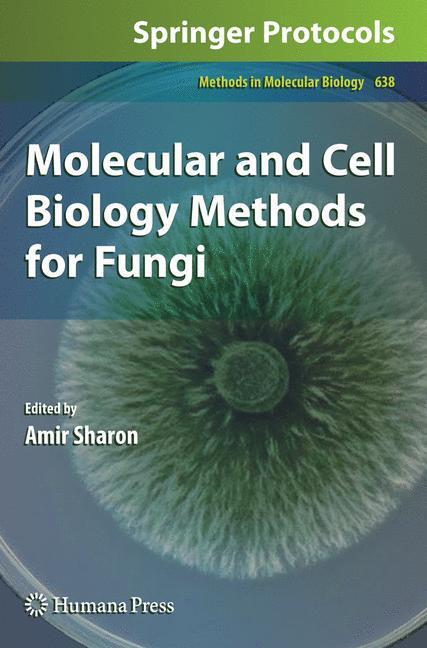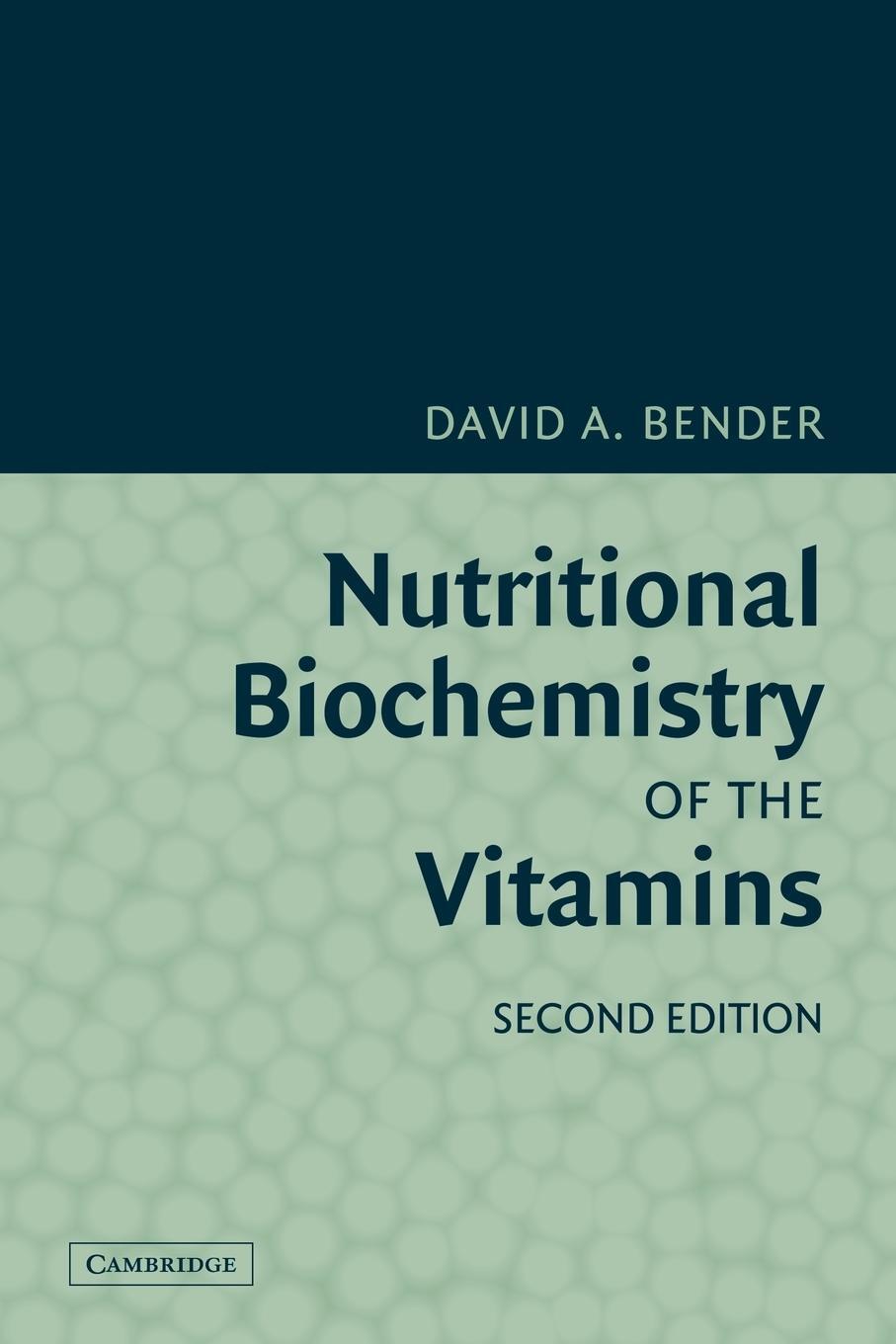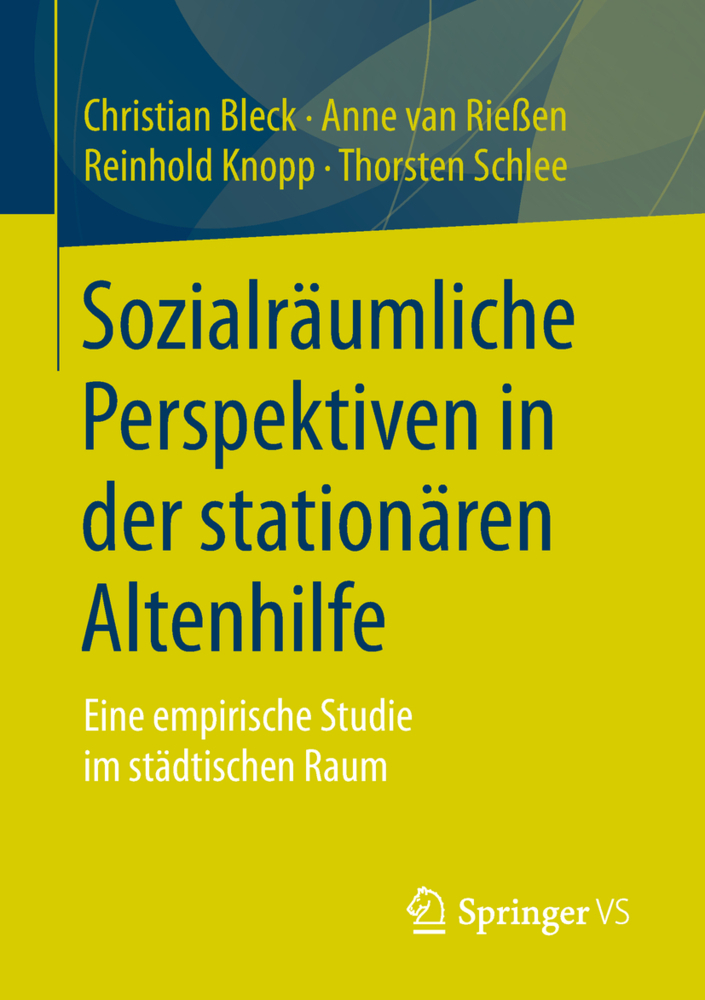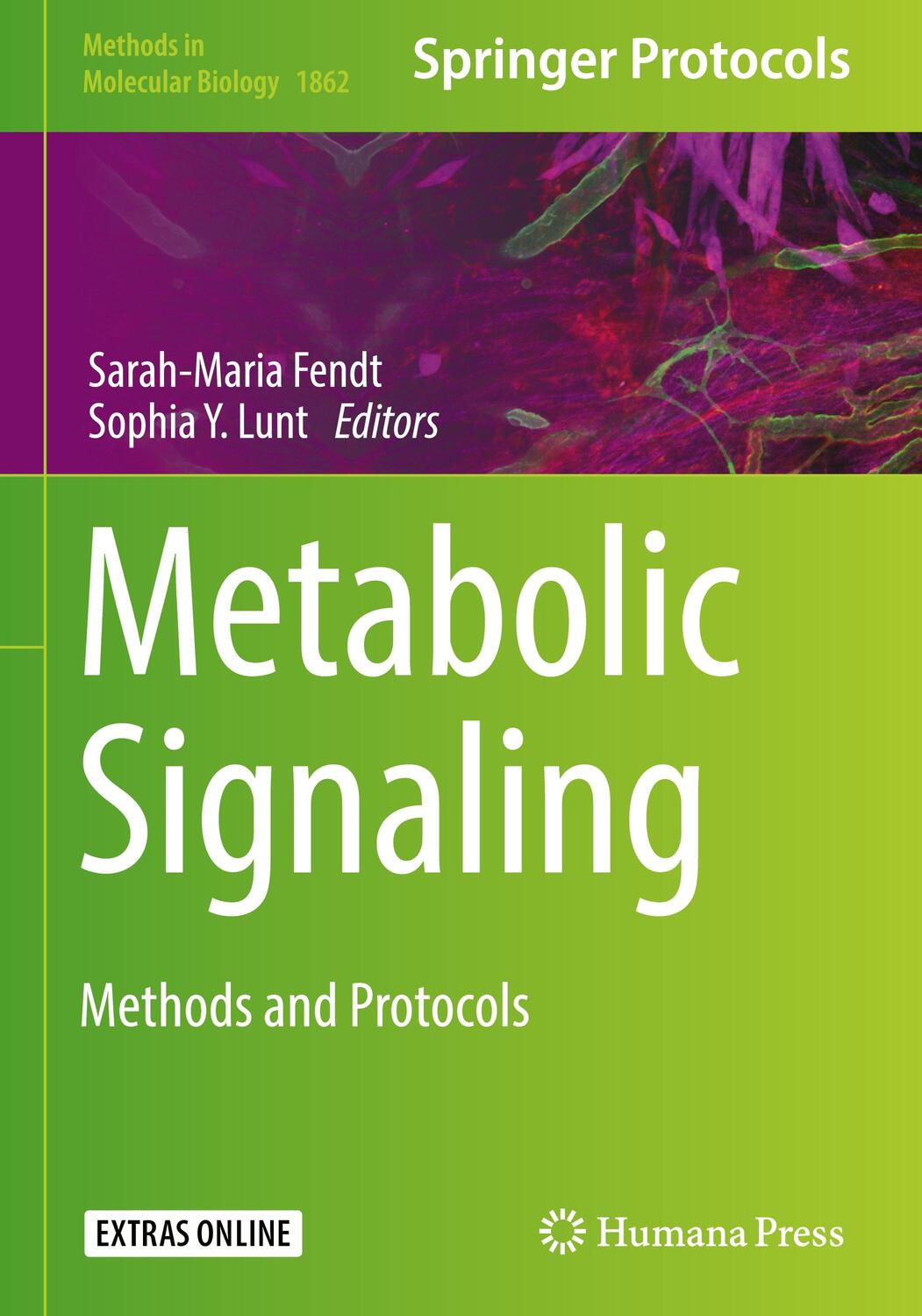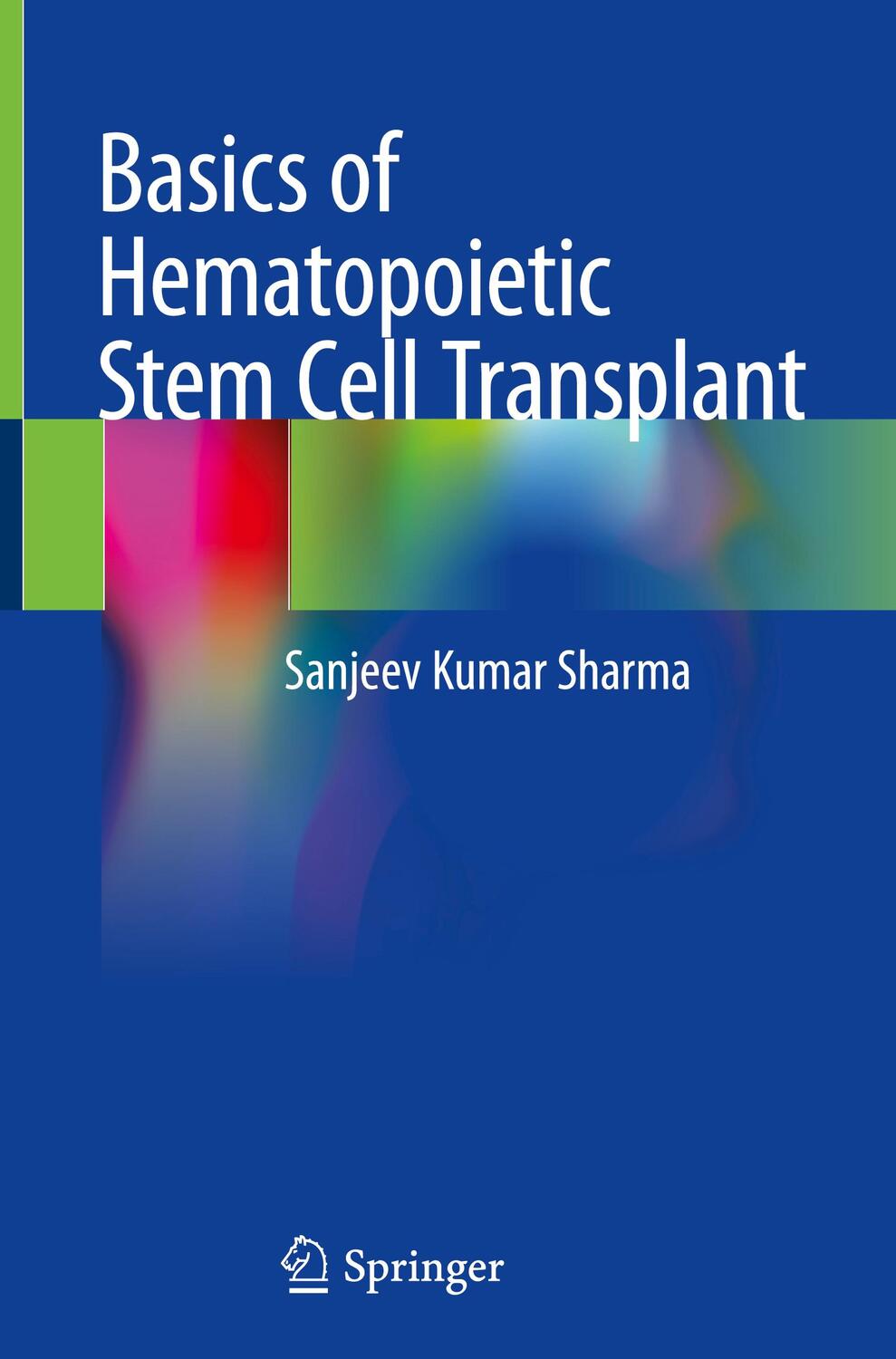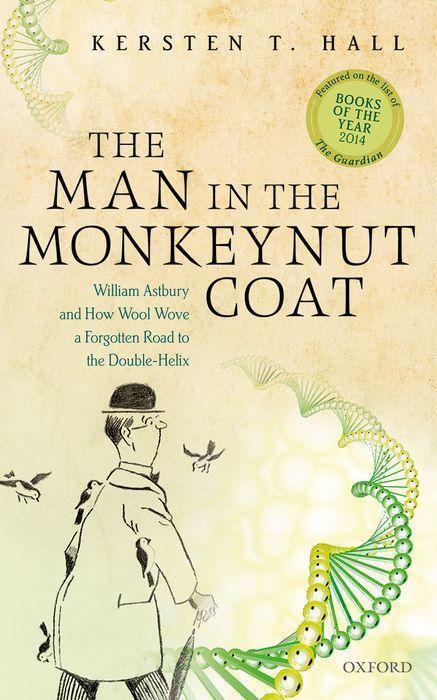160,49 €*
Versandkostenfrei per Post / DHL
Aktuell nicht verfügbar
Provides a comprehensive set of methods used in fungal molecular and cell biology written by leading researchers in the field
Presents the most popular methods alongside highly advanced technologies
Methods cover all types of molecular and cellular research from single cell analyses to high throughput methods
Methods will prove invaluable to novice as well as experienced researchers
Methods have been proven effective for a wide variety of fungal species
Includes supplementary material: [...]
| Erscheinungsjahr: | 2010 |
|---|---|
| Fachbereich: | Grundlagen |
| Genre: | Biologie |
| Rubrik: | Naturwissenschaften & Technik |
| Medium: | Buch |
| Seiten: | 336 |
| Reihe: | Methods in Molecular Biology |
| Inhalt: |
xi
321 S. |
| ISBN-13: | 9781607616108 |
| ISBN-10: | 1607616106 |
| Sprache: | Englisch |
| Herstellernummer: | 12209897 |
| Ausstattung / Beilage: | HC runder Rücken kaschiert |
| Einband: | Gebunden |
| Redaktion: | Sharon, Amir |
| Herausgeber: | Amir Sharon |
| Auflage: | 2010 |
| Hersteller: |
Humana Press
Humana Press Inc. Methods in Molecular Biology |
| Maße: | 260 x 183 x 26 mm |
| Von/Mit: | Amir Sharon |
| Erscheinungsdatum: | 18.03.2010 |
| Gewicht: | 0,907 kg |
Provides a comprehensive set of methods used in fungal molecular and cell biology written by leading researchers in the field
Presents the most popular methods alongside highly advanced technologies
Methods cover all types of molecular and cellular research from single cell analyses to high throughput methods
Methods will prove invaluable to novice as well as experienced researchers
Methods have been proven effective for a wide variety of fungal species
Includes supplementary material: [...]
| Erscheinungsjahr: | 2010 |
|---|---|
| Fachbereich: | Grundlagen |
| Genre: | Biologie |
| Rubrik: | Naturwissenschaften & Technik |
| Medium: | Buch |
| Seiten: | 336 |
| Reihe: | Methods in Molecular Biology |
| Inhalt: |
xi
321 S. |
| ISBN-13: | 9781607616108 |
| ISBN-10: | 1607616106 |
| Sprache: | Englisch |
| Herstellernummer: | 12209897 |
| Ausstattung / Beilage: | HC runder Rücken kaschiert |
| Einband: | Gebunden |
| Redaktion: | Sharon, Amir |
| Herausgeber: | Amir Sharon |
| Auflage: | 2010 |
| Hersteller: |
Humana Press
Humana Press Inc. Methods in Molecular Biology |
| Maße: | 260 x 183 x 26 mm |
| Von/Mit: | Amir Sharon |
| Erscheinungsdatum: | 18.03.2010 |
| Gewicht: | 0,907 kg |

